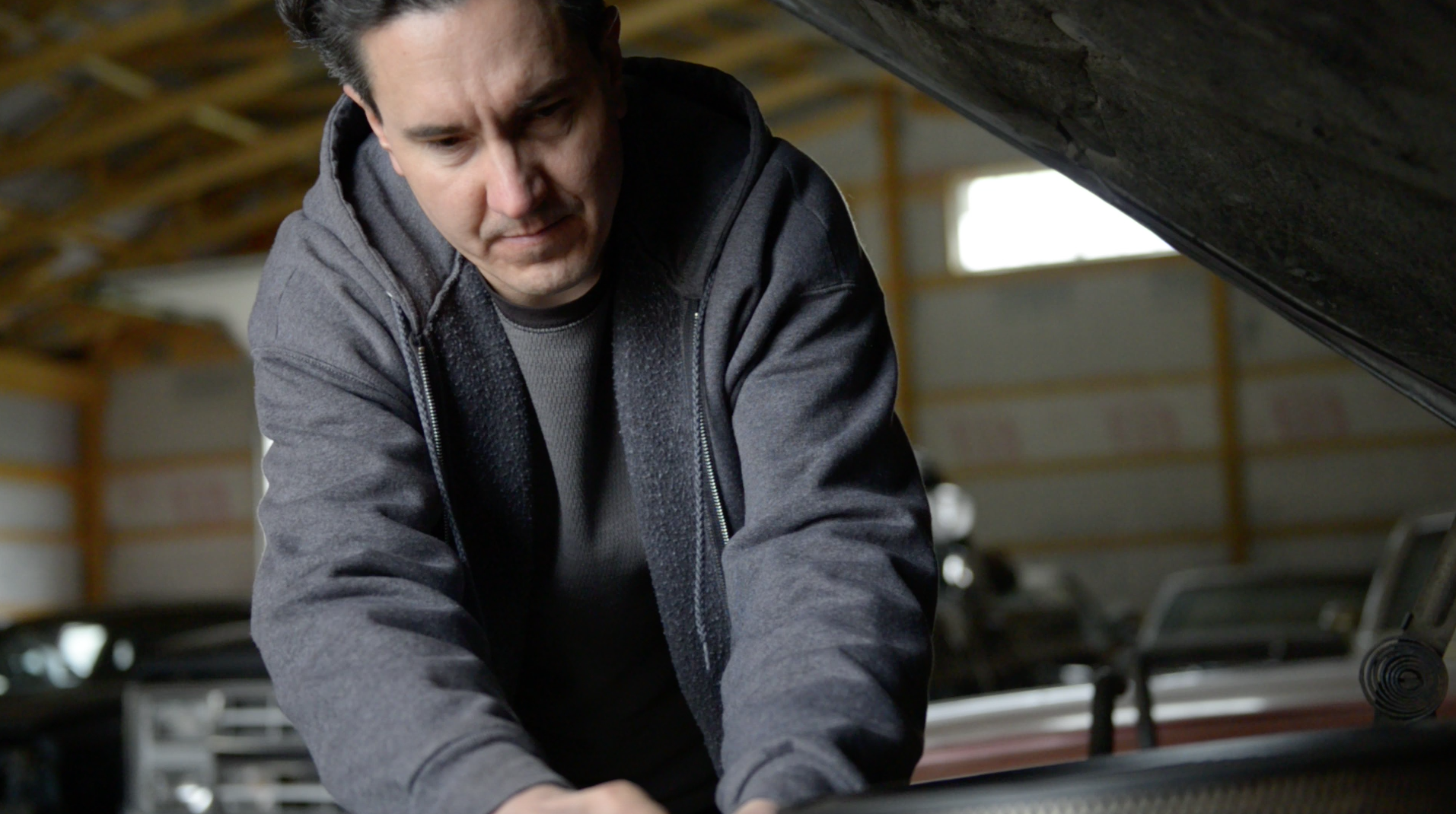Makers 1-on-1 is our original interview series featuring today's makers and DIYers. We're sitting down with new makers every week to learn more about their projects, how they acquire information, their purchase processes, and their passions.
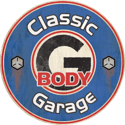 This week, we're interviewing Brian Suter — an automotive DIYer and a moderator of the G-Body Garage Facebook group & YouTube Channel. Brian has been an automotive enthusiast all his life and can complete a wide variety of repairs, but his main DIY focus is on General Motors models with the G-Body Chassis. Whether he's working on older G-Body vehicles or newer, late-model cars, he needs a variety of new and used aftermarket parts for repair and upgrade projects. If your brand sells to to automotive DIYers, this 1-on-1 interview with Brian will give you some important insights on how to connect with DIYers like him.
This week, we're interviewing Brian Suter — an automotive DIYer and a moderator of the G-Body Garage Facebook group & YouTube Channel. Brian has been an automotive enthusiast all his life and can complete a wide variety of repairs, but his main DIY focus is on General Motors models with the G-Body Chassis. Whether he's working on older G-Body vehicles or newer, late-model cars, he needs a variety of new and used aftermarket parts for repair and upgrade projects. If your brand sells to to automotive DIYers, this 1-on-1 interview with Brian will give you some important insights on how to connect with DIYers like him.
Who are you and what do you do?
I’m Brian Suter and my specialty is ’78-’88 General Motors G-Body Chassis, but I don’t strictly work on those; I work on a little bit of everything, really. If I think it’s cool, I work on it. If it’s old, I like working on it, but I also work on new cars as well.
What is G-Body?
G-Body is General Motors’ mid-size, rear wheel drive car, that covers from ’78-’88, and the G-Body chassis is built on the Oldsmobile Cutlass, Chevy Malibu, Pontiac Grand Prix, Chevy Monte Carlo, Buick Regal—any GM mid-size vehicle in that era.
Why does that interest you in particular?
The G-Body was basically extremely popular when I was in high school. The age of that car was a few years old by the time I got my license in ’92. That was the prime years of those cars because they were all over the road, they were very affordable, and a very cool platform to work with. They’re very versatile. You can modify it cheaply, not like your typical muscle cars. They were abundant and the car to have back in the day, like the 5.0 Mustang for the Ford guys, that was the car back then.
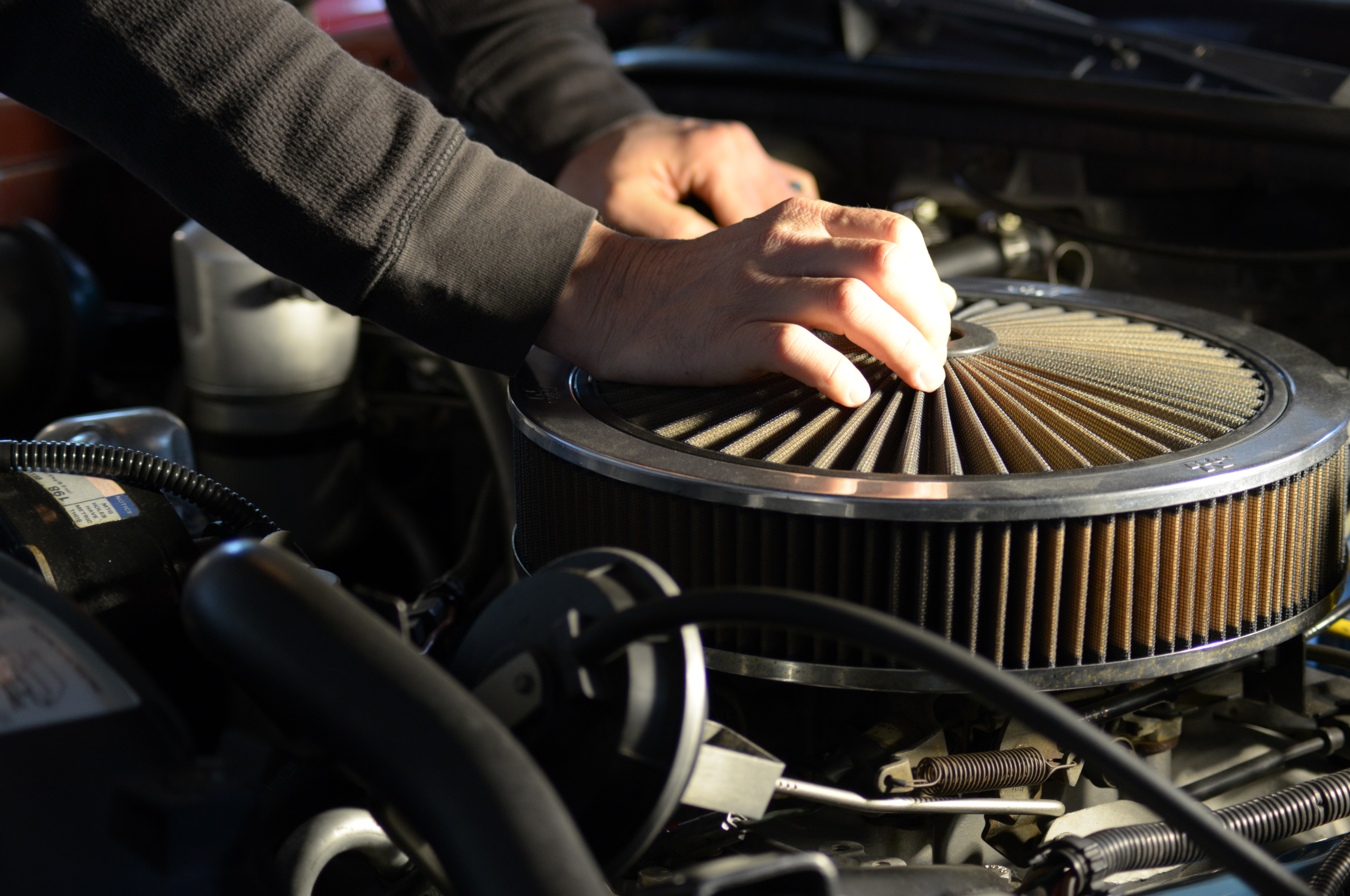
Are those models and parts for them abundant today?
A lot of people are buying them up now and gathering as many parts as they can to keep these cars on the road and fix them up. As far as parts availability goes, there are some aftermarket companies starting to reproduce these parts, but the demand is not there for reproduction of the parts like the muscle cars. A G-Body is not as valuable yet, but the aftermarket companies are starting to come out with some parts like grills, tail lights, and other common items. As far as used parts, I’m going through Facebook, Craigslist, any kind of online forum where people are parting these cars out and reselling them like myself. I don’t lean too much towards the new parts just yet because you can’t beat the quality of original parts, but the new parts are available.
If you’re talking mechanical parts like brakes, carburetor rebuild, gaskets, stuff like that, it’s not hard to find those parts at all. I can go to my local auto parts store any day of the week and get a set of calipers or a carburetor rebuild kit or wiring. Parts are still available for these cars because people are still driving them.
What's your process like when you're working on cars?
These cars are now 30+ years old, a lot of them have been sitting around in garages and barns for years, so I’m buying these cars up on the internet and having them trailered to my house. I go through them, I buy the parts I need from the auto parts stores, get them running again, and resell them to enthusiasts like myself who then want to take the cars to the next level, restore them, or turn them into a driver—a fun cruiser for the weekends.
I do the bodywork too; I still own my first car, believe it or not. I completely redid the body on that car from the welding all the way to the clear coat and buffing. It saves me a lot of money. I have several cars in different stages of restoration; I have anything from the barn find up to the cars that I’m pulling motors out of and putting new motors back into. Once my garage here is finished, then I will have a section of this garage where I can do all the bodywork and paint work and things like that.
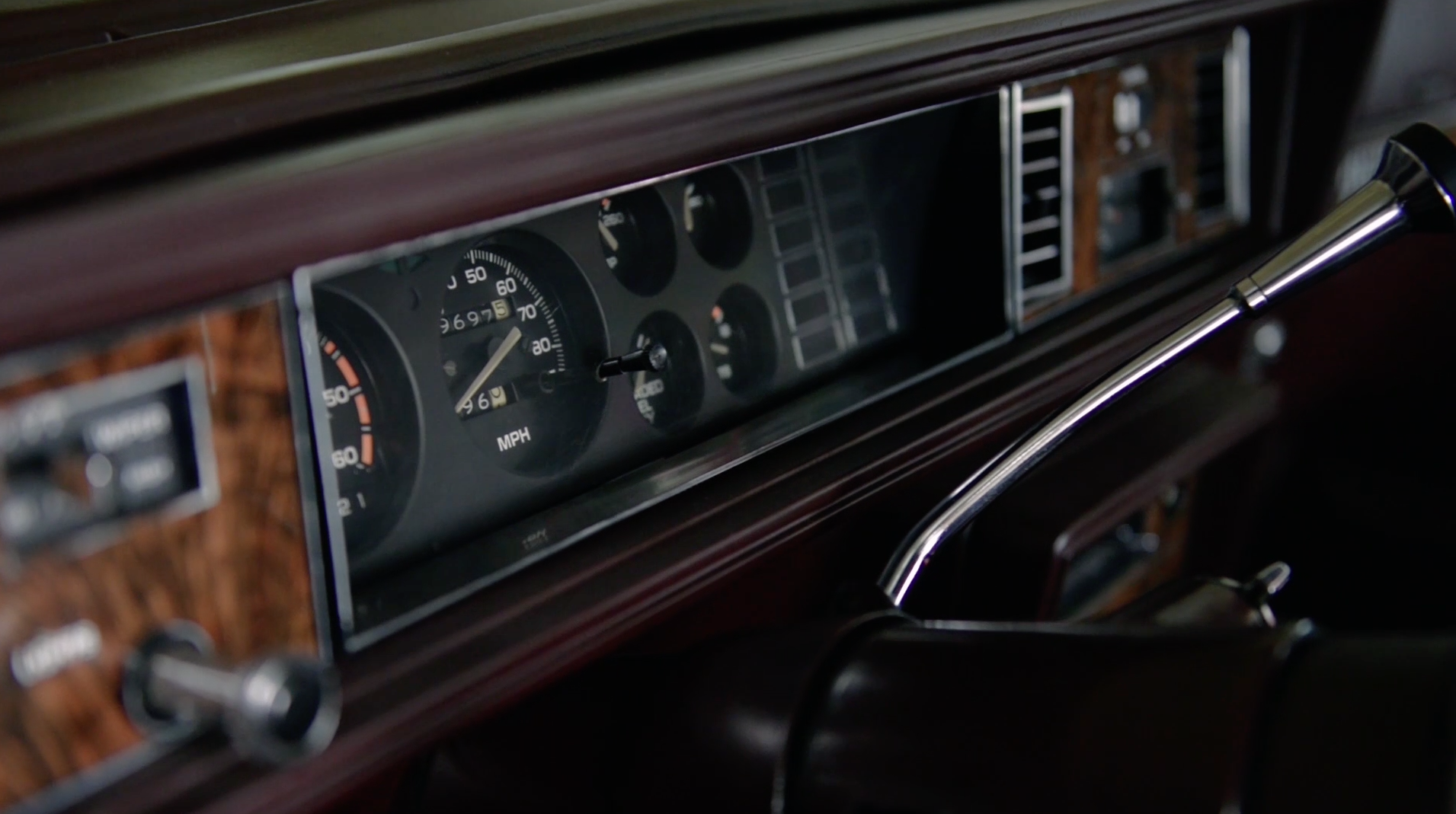
What do you love most about what you do?
I love all of it. I would love for it to be my profession, my main source of income, and maybe someday it will happen, but I do it just because I’ve been doing it since I was 15 or 16 years old with my first car. I love doing it myself and I love helping other people out on their projects.
I love the process and that’s why I have so many projects sitting here behind me. It’s pretty much all I do in my spare time. The idea behind these cars is getting them running and getting them out and driving them and enjoying them, but half the fun, if not more than half the fun, is working on them and taking the cars to the next level. Also, helping people out is a big part of it as well. I’ve been in these cars for 25 years, so a lot of people are coming to me with questions, especially younger enthusiasts.
How do you use social media to connect to other enthusiasts?
I have a pretty big following. I have an online following through YouTube and Facebook. My YouTube channel has just over 13,000 subscribers. I’ve been doing this now for 8 or so years and turned that following into a Facebook following as well. It originated with me just showing my cars and my projects, but I was getting so many questions on how to do things that people said I needed to start posting videos on how I redid these cars. The cars are older, and they can be intimidating for some people, for younger enthusiasts who aren’t sure how to work on them, and people have been coming to me for years now asking how to figure out known problems and how to overcome the issues with them. Now it’s not just project videos of my personal cars, but also how-to videos, and I’ve had local people bring their cars over and work on their cars and making videos with them.
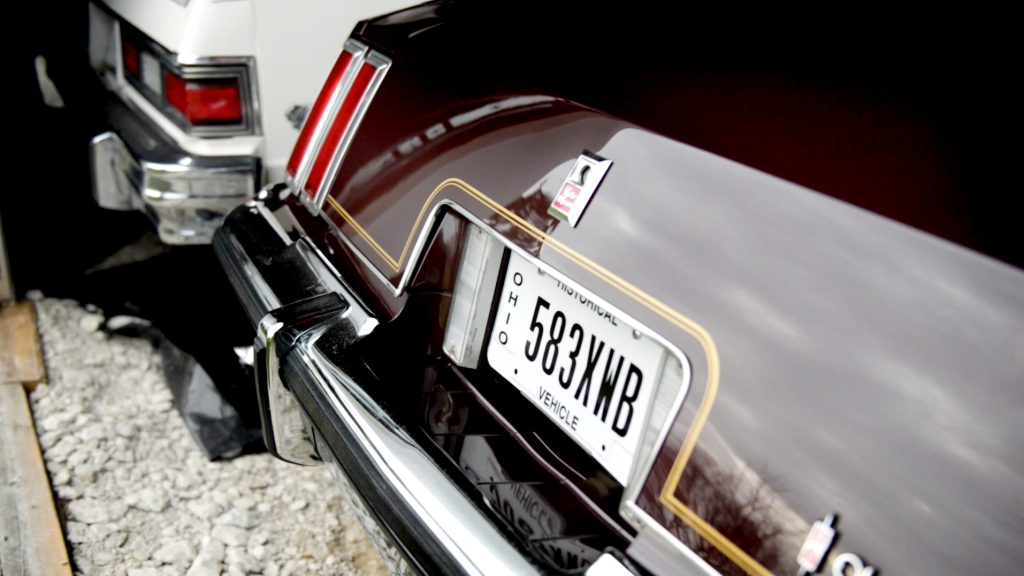
What kind of research goes into what you do?
There are a lot of sources out there on how to figure out how to do something, so if you’re not sure just get online and educate yourself. Don’t be afraid to dive in and try it yourself. Yeah, you might screw up once or twice, but that’s what happens when you start working on cars yourself. I’m not afraid to dive in and just do it. People ask me, “How did you learn how to work on cars?” and the answer is that I taught myself. My dad was also into cars and he taught me some stuff, but all the sudden it was like something clicked in my head that I could do this. You have to have a mindset of understanding how things work.
What motivates you to keep working on cars?
It’s in my blood. It’s part of me. I don’t think I’d ever be able to get away from it, to be honest. I’ve dealt with cars my entire life. My first car, that 1980 Cutlass G Body, and ever since I started working on that car, I’ve been going to auto wrecking yards scrounging for parts there, going to auto parts stores to keep that car on the road because it was my only car. It was 12 years old when I bought it and it needed plenty of work to keep it going, and one thing led to another. When I got into painting the car, it was my only source of transportation so I ended up buying another one, and then I bought another and another after that. It’s way less of a moneymaking thing and much more of a hobby and enthusiasm for helping people out.
